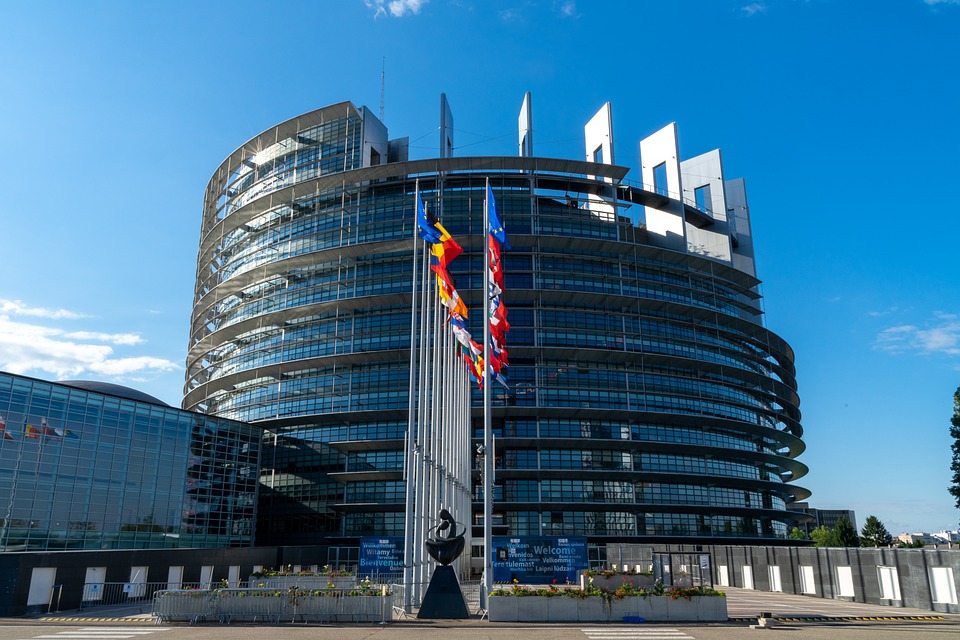Saturday, 1 November 2025, marks 32 years since the Maastricht Treaty came into force, formally establishing the European Union and reshaping the political and economic landscape of Europe.
Founding Framework of the EU
The Treaty on European Union, commonly known as the Maastricht Treaty, entered into force on 1 November 1993, following its signing in February 1992 in Maastricht, Netherlands. It marked a pivotal moment in European integration, transforming the European Economic Community (EEC) into the European Union (EU) and laying the groundwork for deeper political, economic, and social cooperation among member states EUR-Lex Britannica.
Key Innovations
The treaty introduced several landmark features:
- European citizenship, granting rights to live, work, and vote across member states.
- A three-pillar structure encompassing the European Communities, a Common Foreign and Security Policy, and Justice and Home Affairs cooperation.
- The legal foundation for the Economic and Monetary Union, including the criteria for adopting the euro.
- Expanded powers for the European Parliament, enhancing democratic accountability EUR-Lex European Central Bank.
Political and Economic Impact
The Maastricht Treaty was instrumental in shaping the EU’s identity as a supranational entity. It formalized shared governance across borders, strengthened institutional frameworks, and set the stage for future treaties such as Amsterdam (1999), Nice (2003), and Lisbon (2009).
It also introduced convergence criteria for fiscal discipline, which continue to influence EU economic policy and debates around enlargement and stability.
Enduring Relevance
Three decades later, the treaty’s legacy remains central to the EU’s functioning. From the eurozone’s evolution to coordinated foreign policy and migration frameworks, Maastricht’s principles underpin many of today’s challenges and achievements.
As Europe navigates geopolitical tensions, climate transitions, and digital transformation, the treaty’s vision of unity and shared sovereignty continues to guide its path forward.
Sources:
EUR-Lex – Treaty of Maastricht Summary EUR-Lex
Britannica – Maastricht Treaty Overview Britannica
European Central Bank – Explainer European Central Bank



